
Air Force Report : Montenegro Air Force 2011
Military of Montenegro - Air Force - 2011
Vojsko Crne Gore - Vazduhoplovstvo
Report by Claudio Toselli, Niels Hillebrand.
Photos by Federico Grattoni, Claudio Toselli, and Achille Vigna.
Introduction
Montenegro or Crna Gora, which literally means "Black Mountain" is a state in the Balkan Peninsula in southeastern Europe with a coastline on the Adriatic Sea to the south-west. After the second world war, Montenegro was one of the republics of the Socialist Federal Republic of Yugoslavia (SFRY). The capital and largest city of Podgorica was named Titograd in honor of Josip Broz Tito, the President of Yugoslavia. Following the breakup of Socialist Yugoslavia in 1992, Serbia and Montenegro became the Federal Republic of Yugoslavia (FRY). In 2003, the federation of Serbia and Montenegro was transformed into a State Union. On 3 June 2006, Montenegro declared its independence following a referendum which resulted in 55.5% of voters voting in favor of independence. Serbia's formal declaration of independence followed on 5 June.
In similar fashion to the Federal Army of the former SFRY, the armed forces of Serbia and Montenegro were organized on the federal level and even after 2003 continued in unified form. After independence was declared ending the union, the armed forces agreed to split the assets according to the state in which they were located.
The military forces in Montenegro became part of the Vojsko Crne Gore (VCG), which includes army, navy and air force components. Conscription was abolished turning the armed forces into an entirely professional organization.
Air Force
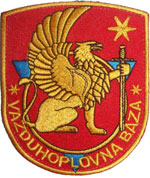
The Montenegrin air force that makes up the aviation component of the VCG consists of one air base at Golubovci. Golubovci is located some 10 kilometers from the capital of Podgorica. During the era of Yugoslavia, Golubovci based the 172.abr (avijacijska brigada - Aviation Brigade). It was the primary base for pilot training and home to the aerobatic team "Leteće Zvezde" ("Flying Stars"). The base became a target during the 1999 NATO strikes against Yugoslavia during the Kosovo War, which destroyed most of its facilities, fuel tanks and many aircraft, including all of the G-4 Super Galeb jets belonging to the "Leteće Zvezde".
Following the split, the brigade's 239.mae Mixed Aviation Squadron equipped with 41 aircraft of various types became part of the VCG. According to Air Forces Monthly1, the fleet consisted of 17 G-4 Super Galeb jet trainers (12 N-62 and 5 unarmed N-62Š, školski - training), four piston-engined Utva 75 (V-53) basic trainers, five Mi-8 'Hip' (HT-40) transport helicopters, and seven SA.341H (six utility HO-42, one reconnaissance HI-42 Hera)and eight SA.342L (two utility HO-45, six anti-tank HN-45M Gama 2) Gazelle helicopters. The FYR roundel was replaced by Montenegro's red-on-gold circular roundel.
After independence, it was decided that the G-4 Super Galebs were too expensive for Montenegro's budget. Today only a handful of G-4s are left, with the remainder having been sold. Four aircraft at Golubovci remain on charge in serviceable condition, but they are not airworthy and will not be operated by Montenegro again. Four of the Mi-8 helicopters had already been withdrawn from service in 2004 and were awaiting a buyer, today this leaves Montenegro with just one example which is kept in reserve. Also set aside at the base are the four Utva 75.
The air force component of the VCG consists of a single helicopter squadron, flying the Gazelle helicopter. Currently, eleven SA.341H/SA.342L are on charge, with several of them awaiting overhaul. The helicopter squadron fulfills the attack, transport and utility roles. In addition to the helicopter squadron, the air force also includes a maintenance section and security unit located at the base.
NATO
Having been part of the NATO Partnership-for-Peace program since the 2006 Riga convention, Montenegro was granted a Membership Action Plan in December 2009, the final step in an application for membership in the organization. Montenegro's accession to NATO is set to materialize in 2012. As NATO prescribes air policing of all member countries' airspace, other air forces will need to secure Montenegro's airspace in the near future as the Montenegro air force is set to remain a rotary-only force, or at least will not possess any fighters due to its limited budget. Podgorica-Golubovci shares its facilities with the main international airport in Montenegro, "Podgorica Airport", thus its runway is secured should Montenegro ever seek to add a fixed-wing element in the future, such as transport aircraft. As the Gazelles operated today date back to the final years of Socialist Yugoslavia, it seems more likely that a replacement helicopter will have priority.
For their collaboration and hospitality during our visit in May 2011, the authors and photographers would like to express their thanks to the personnel at the Montenegrin Air Force Base of Golubovci.
1) Radic, A. (2007). The Split. Air Forces Monthly #227, February 2007, pp. 42-43, Key Publishing Ltd, UK.
Text by Claudio Toselli and Niels Hillebrand
Images by Federico Grattoni, Claudio Toselli and Achille Vigna
Last Modified: 7 February 2012

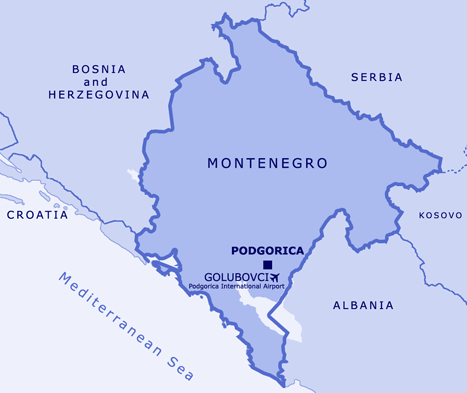
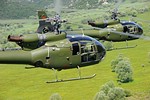
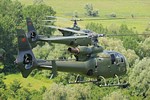
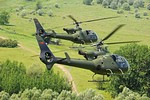
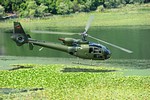
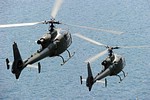
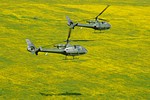
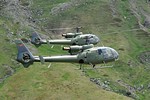
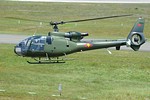
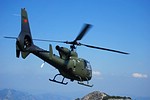
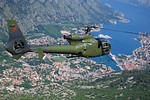
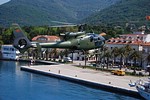
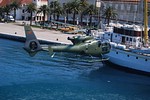
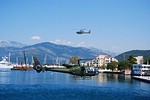
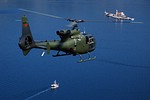
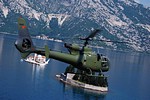
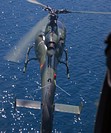
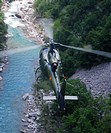
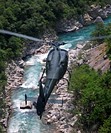
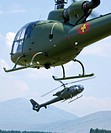
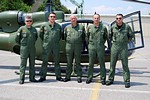
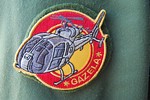
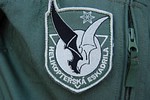
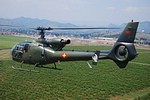
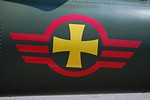
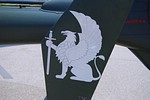
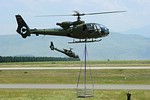
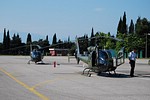
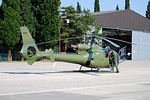
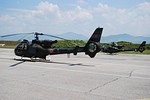
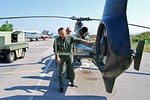
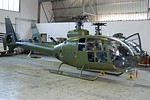
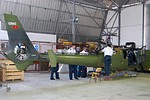
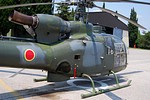
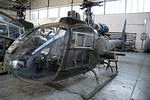
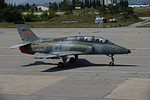
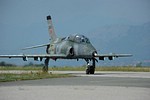
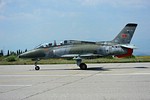
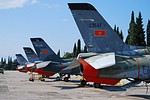
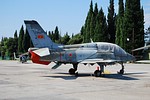
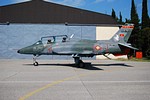
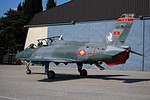
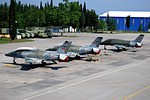
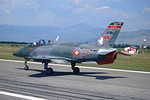
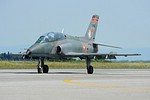
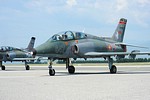
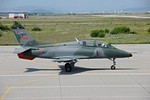
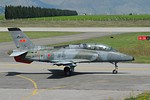
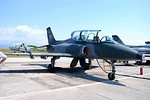
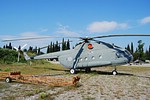
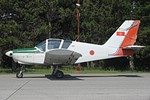
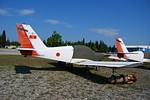
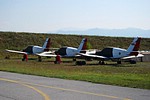
 Back to Index
Back to Index